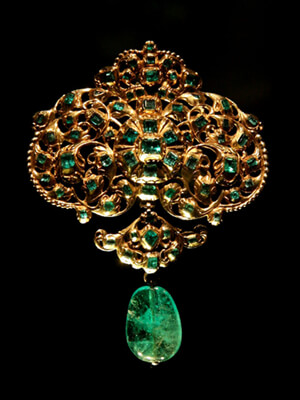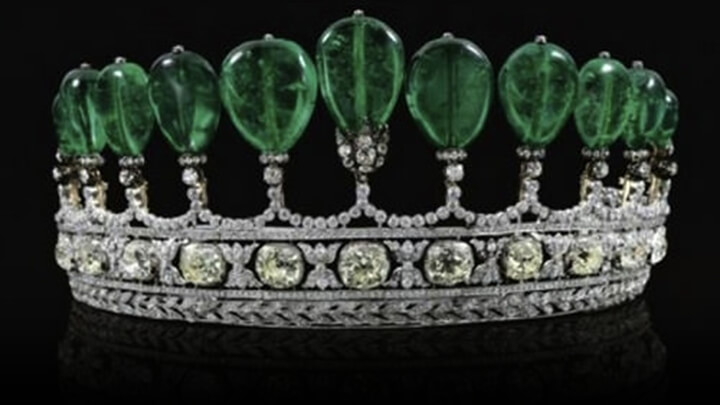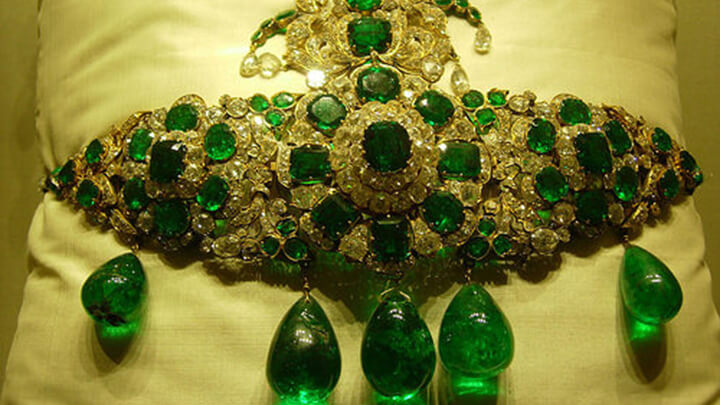Emerald Consumer Information
Care
The pointed corners of the pear and marquise cuts need to be to closely examined for durability issues. It might be recommended for such gems to be mounted in earrings, pins or pendants (rather than rings) in order to minimize potential damage to sharp points
jewellery owners have their jewelers examine prongs periodically to ensure the emerald’s security in the mount
To prevent damaging treatments do not use ultrasonic equipment nor use detergents
Common sense indicates it is not a good idea to wear an emerald ring during gardening or other intense physical activity
Treatment
The minute fissures that are found in many emeralds lend themselves to a form of treatment by humans, aimed at diminishing or masking the inclusion’s appearance
These fissures often reach the surface and may be filled with substances including oils, paraffin, resins and polymers. Assume they are unless specifically stated otherwise
Some oils, paraffin and some resins may seep out of the fissures, especially when subjected to heat or pressure. Others may oxidize over time which requires regular cleaning and re-treatments
Cut
Emeralds are the only gems that have a specific cut named after them. The term “emerald cut” is a square or rectangular outline step-cut, containing tapered corners. Many emeralds are cut this way because it orients the gem to show its strongest colour
These cuts contain large table facets through which an admirer can best view the emerald’s rich colour and its fascinating inclusion panorama
Emeralds are increasingly cut in other shapes, including round, oval, free form, pear and marquise
Clarity
Inclusions in emeralds are considered customary and expected
While emeralds with no eye-visible inclusions do exist – these gems are extraordinarily rare
Some inclusions in emerald are referred to as “jardin” (garden) and consist of networks of tiny liquid filled inclusions lending it the appearance of a lush garden
Such inclusions can also spread the light evenly through the gemstone (desirable)
Color
Vibrant green to bluish green to green
Pale emeralds are not called emeralds but “green beryls” and have a dramatically lower price. The difference is sometimes difficult to establish and often abused



